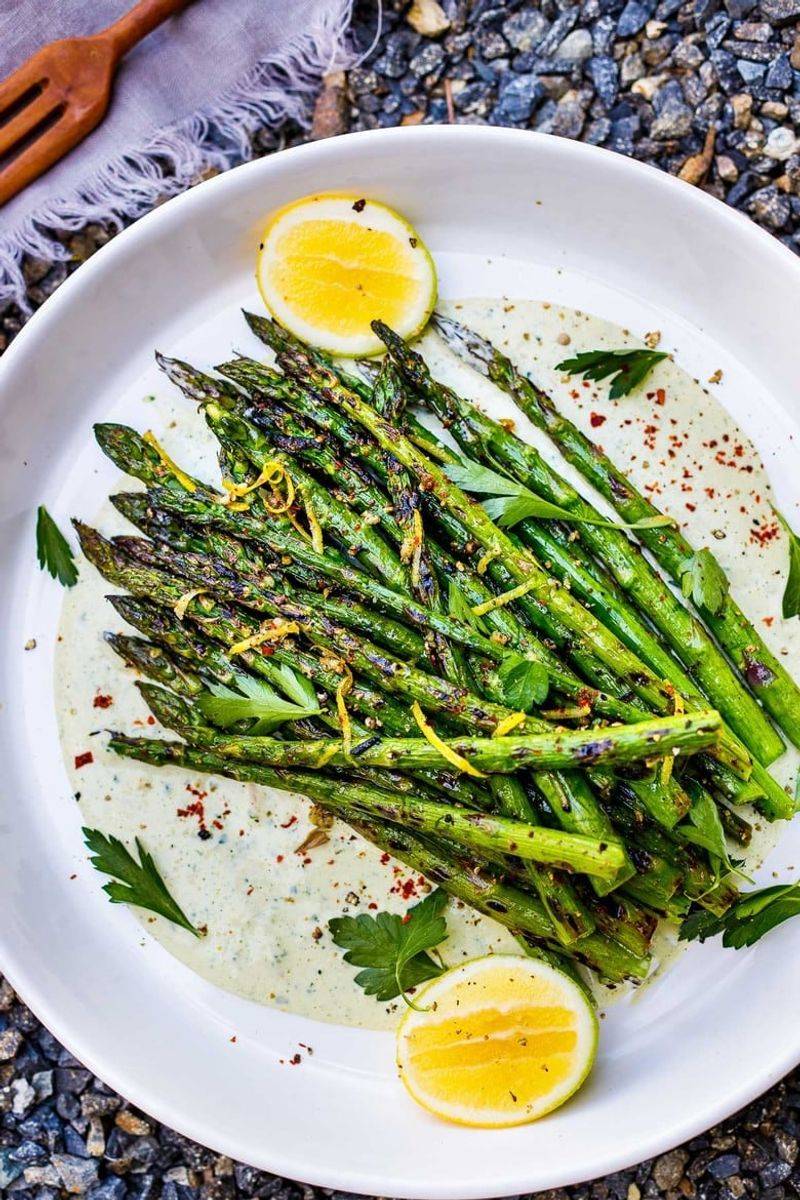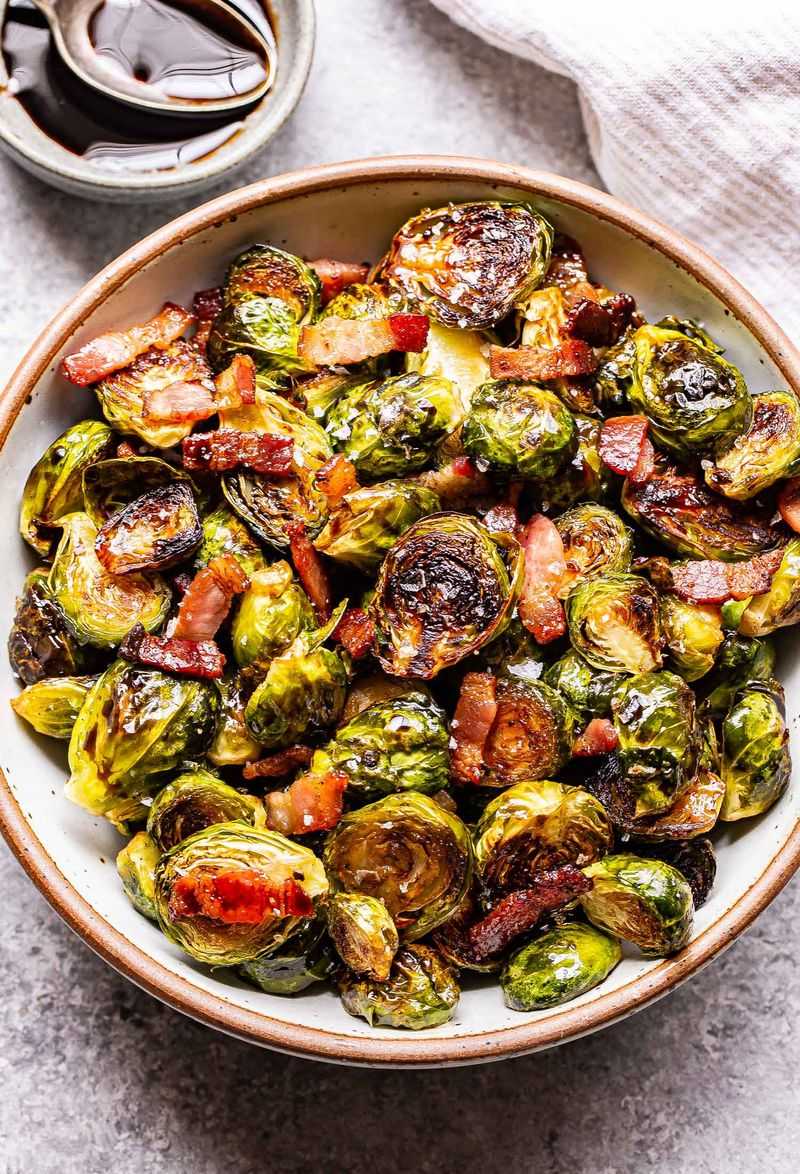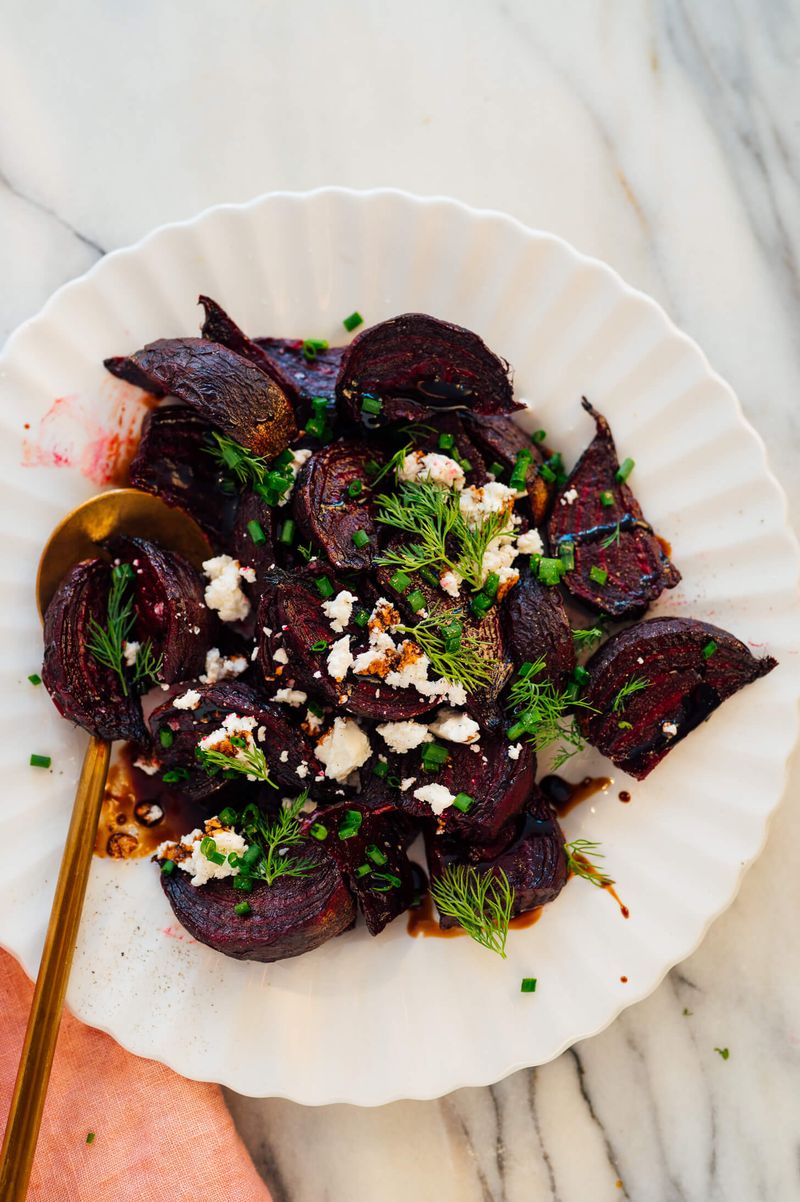You might think you’re a veggie whisperer in the kitchen—chopping, seasoning, sautéing like a pro—but let’s be honest: some of your favorite vegetables deserve a formal apology.
We’ve all been there—boiling broccoli into a lifeless green blob or turning zucchini into a watery mess that even your dog side-eyes. The thing is, veggies aren’t boring… until we make them boring.
The truth? Many of us have been cooking these plants wrong for years, robbing them of their texture, flavor, and personality. Yep, vegetables have personalities too. Some like it hot and fast. Others prefer slow and gentle. A few just need to be left alone with a little olive oil and some alone time in the oven.
So before you write off Brussels sprouts or blame spinach for being too “blah,” give these misunderstood veggies another chance. Here are 10 vegetables you’re probably cooking wrong—and exactly how to do them justice instead.
1. Broccoli

Mushy broccoli is often the sad result of boiling it too long. This cooking method strips away both vitamins and flavor, leaving behind a bland, colorless heap on your plate.
Instead, give your broccoli a makeover by steaming it lightly. Steam until it turns a bright green, maintaining a crisp-tender texture. This method retains its nutrients and vibrant color, making it more appealing to both your eyes and taste buds.
For added flavor, toss it gently with some olive oil and a dash of garlic before serving. Roasting is another excellent option, where the high heat caramelizes the edges, creating a nutty and rich taste.
By doing this, you savor the natural goodness of broccoli with each bite, turning it from a side dish into a star attraction.
2. Asparagus

Overcooked asparagus is a culinary crime. When boiled until limp, it loses its delightful crunch and becomes stringy. Instead, transform this elegant veggie by blanching it briefly in boiling water.
A quick ice bath afterward will preserve its bright green hue and firm texture. Roasting asparagus at high heat is another game-changer. This method enhances its natural sweetness, giving it a nutty flavor and crispy tips.
Always remember to snap off those woody ends before cooking. Doing so ensures a uniform and tender spear every time. With these techniques, you can elevate asparagus from a mere side dish to a highlight, perfect for any meal or as a standalone snack.
3. Brussels Sprouts

Boiling Brussels sprouts often results in a bitter, sulfuric mess, which has given them an undeserved bad reputation. Instead, try roasting or sautéing them. When roasted at high temperatures, Brussels sprouts caramelize beautifully, releasing a natural sweetness.
For an even more delectable dish, add crispy bacon or a drizzle of balsamic glaze. The harmony of these flavors transforms Brussels sprouts into a treat even skeptics can’t resist. Sautéing with a bit of olive oil and shallots can also work wonders, bringing out their more delicate flavors.
By opting for these methods, you turn a once-dreaded vegetable into a dish that might just steal the spotlight at your dinner table.
4. Eggplant

Eggplant can often be a tricky vegetable to cook. If not prepared correctly, it can turn out soggy and bitter. The secret lies in salting it beforehand. Salting draws out excess moisture and reduces bitterness, setting the stage for a perfect dish.
Once the eggplant has rested, rinse off the salt and pat the slices dry. Ready your grill or oven for the next step. When roasted or grilled, eggplant takes on a wonderfully creamy texture. It absorbs flavors like a sponge, so consider marinating or brushing with olive oil and herbs.
With these tips, eggplant transforms from a misunderstood veggie into a rich, flavorful component of any meal. Your taste buds will thank you for the effort.
5. Spinach

Spinach often ends up as a green puddle when overcooked. This fate is easily avoided with a quick wilting technique.
Start with a hot pan drizzled with olive oil and toss in your fresh spinach. In mere seconds, it wilts down to a tender, vibrant green, exuding a delightful aroma when combined with garlic. This method not only preserves the color but also the vital nutrients spinach is known for.
Alternatively, enjoy spinach raw in salads, where it provides a fresh, crisp bite. The versatility of spinach allows it to adapt to any meal, offering both flavor and nutrition without compromising on texture. Keep it simple, and let this leafy green shine.
6. Cauliflower

Cauliflower is frequently underestimated, especially when boiled to a bland, flavorless state. To unlock its full potential, consider roasting it.
Sprinkle florets with paprika or curry powder for an added kick, and roast until golden brown. This method brings out its nutty, rich flavors, elevating cauliflower from a dull side to a dish with depth. Another innovative approach is crafting cauliflower “steaks.”
By cutting thick slices and searing them, you achieve a satisfying texture that stands up as a main course. These techniques not only preserve the vegetable’s nutrients but also delight with flavor complexity. Give cauliflower the chance to impress, and it won’t disappoint.
7. Green Beans

Green beans often suffer from being over-boiled into a soggy state, robbing them of both taste and visual appeal.
Instead, aim for a crisper texture by blanching them briefly. Follow this with a quick sauté in a hot pan. Add slivers of almonds and a sprinkle of lemon zest for an exciting crunch and refreshing zing. These additions not only enhance the beans’ flavor but also make them a visually appealing dish.
By opting for this method, you retain the beans’ vibrant green color and natural nutrients. Perfect as a side or a standalone snack, green beans can finally take a well-deserved spot in your culinary repertoire.
8. Carrots

Carrots don’t always have to be served raw or boiled. These vibrant veggies can shine when roasted. Toss them with honey and thyme, then roast until they caramelize to perfection.
This method enhances their natural sweetness, creating a delightful and aromatic side dish. The roasting process also concentrates their flavor, offering a tender yet crispy texture. Alternatively, shred carrots into stir-fries for added crunch and color.
Both methods highlight carrots’ versatility and ensure they contribute more than just a pop of color to your dish. Let these techniques turn carrots into a favorite rather than an afterthought on your dining table.
9. Zucchini

Zucchini often ends up watery and bland if sautéed too long. For a more flavorful option, try grilling or roasting it at high heat.
This process intensifies the zucchini’s natural sweetness and maintains its firm structure. Slices can be brushed with olive oil and seasoned with salt and pepper before hitting the grill. The result is a smoky, delicious side that’s a far cry from its soggy counterpart.
Alternatively, roasting in the oven achieves similar results while caramelizing its edges for extra flavor. These simple techniques ensure zucchini remains a vibrant part of your meal, both in taste and texture. Discover its potential beyond the pan.
10. Beets

Beets, when boiled, often lose both flavor and nutrients, resulting in a lackluster addition to any meal. To avoid this, consider roasting them whole. When cooked with their skins on, beets develop a concentrated, earthy sweetness that’s hard to resist.
Once roasted, their skins peel off effortlessly, revealing a vibrant, juicy interior. This method not only preserves the beet’s vivid color but also enhances its natural taste. Sliced thinly or cubed, roasted beets become a flavorful component to salads or side dishes.
This approach transforms beets from an overlooked vegetable into a delightful star on your plate. Give them a try and taste the difference.
Leave a comment